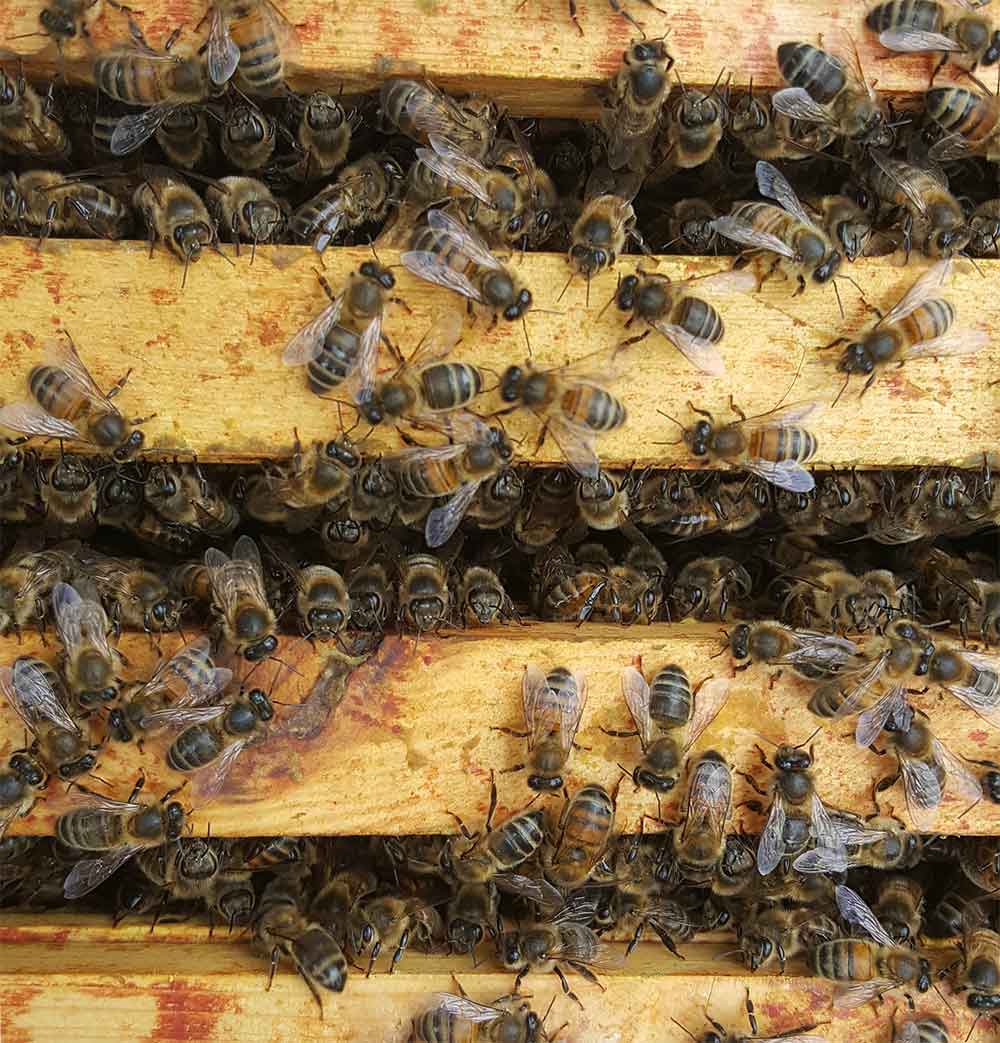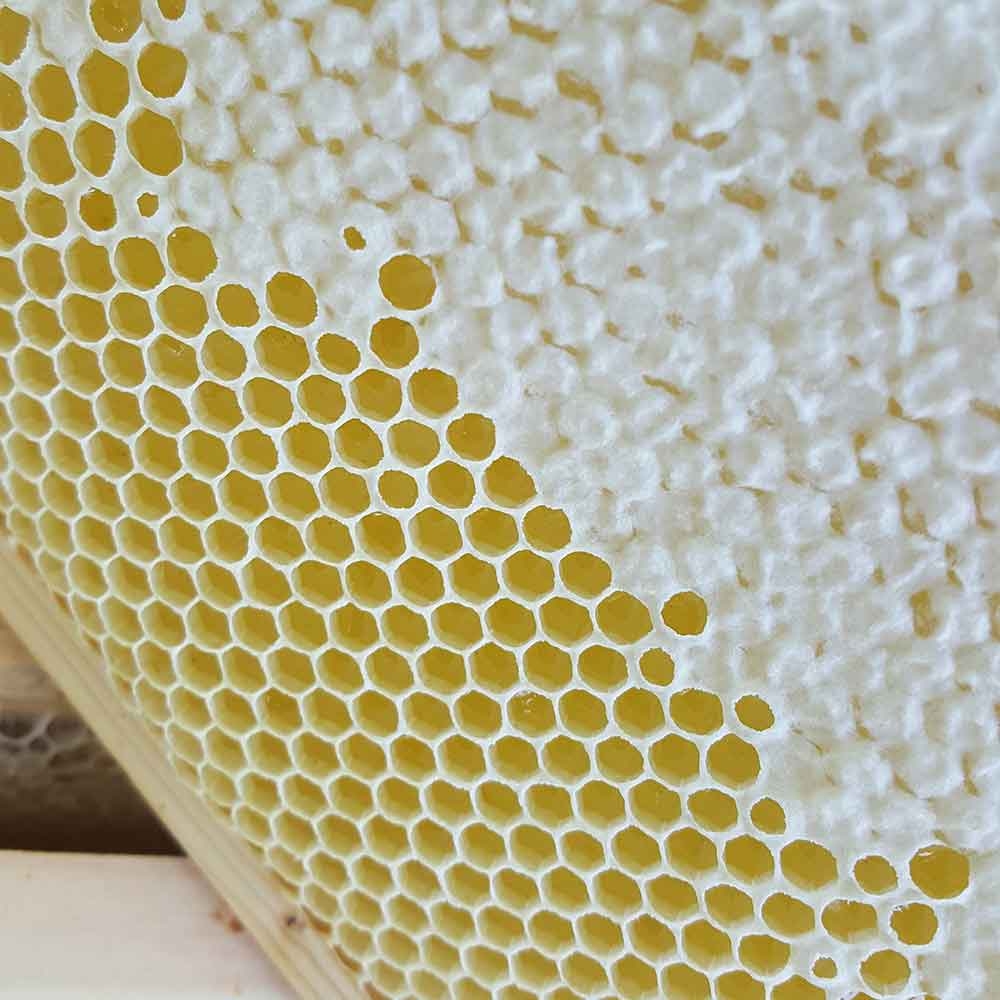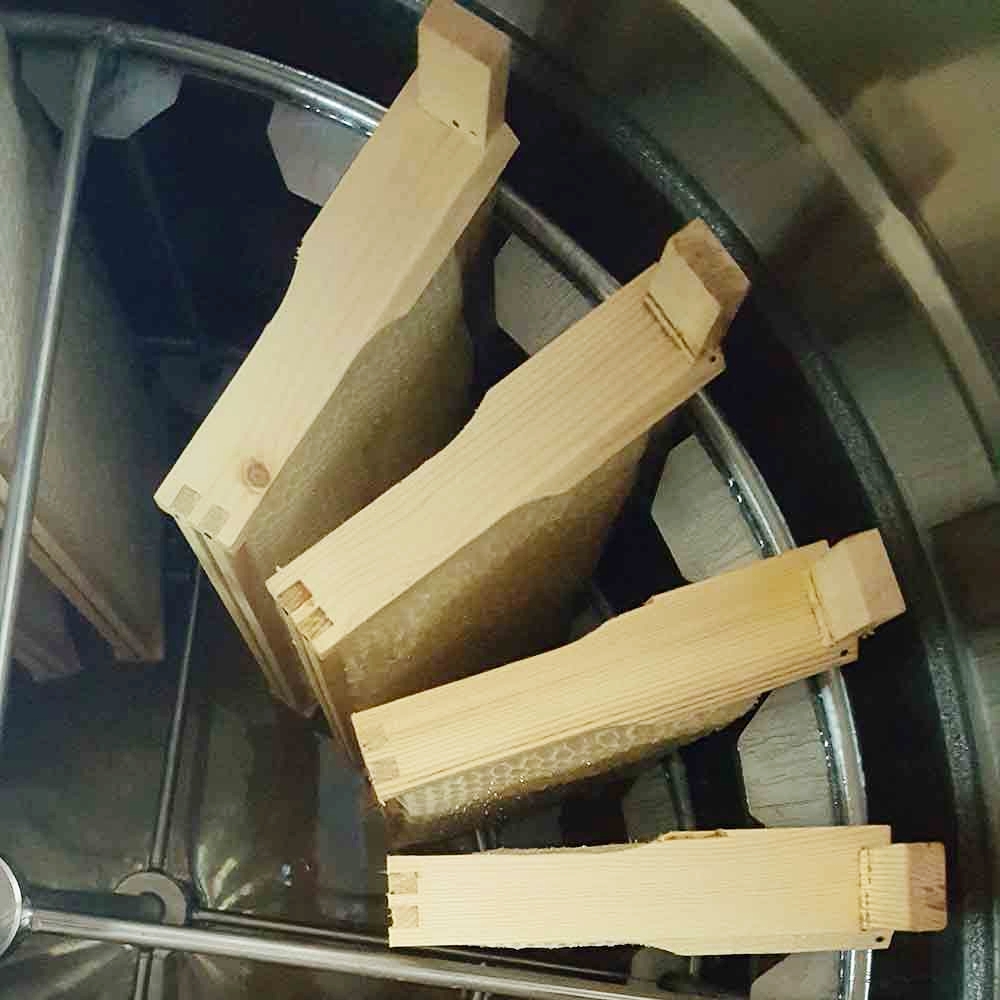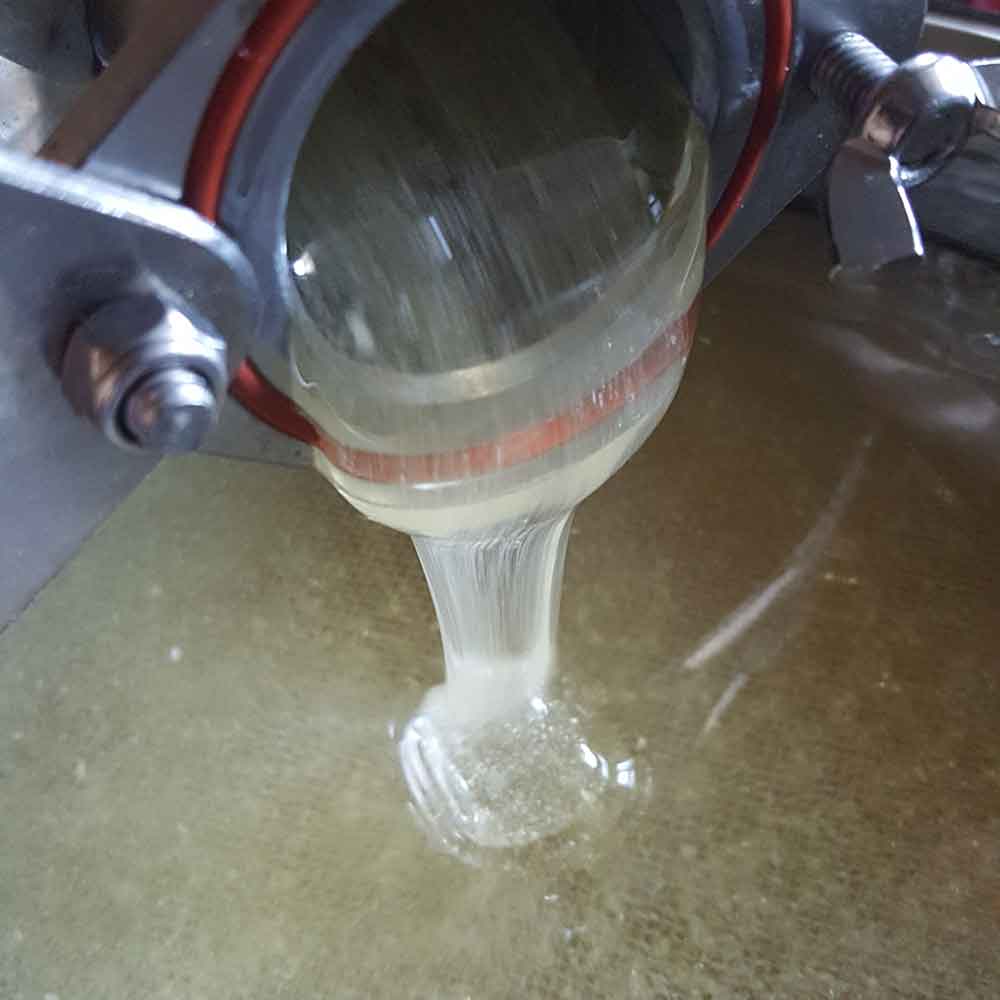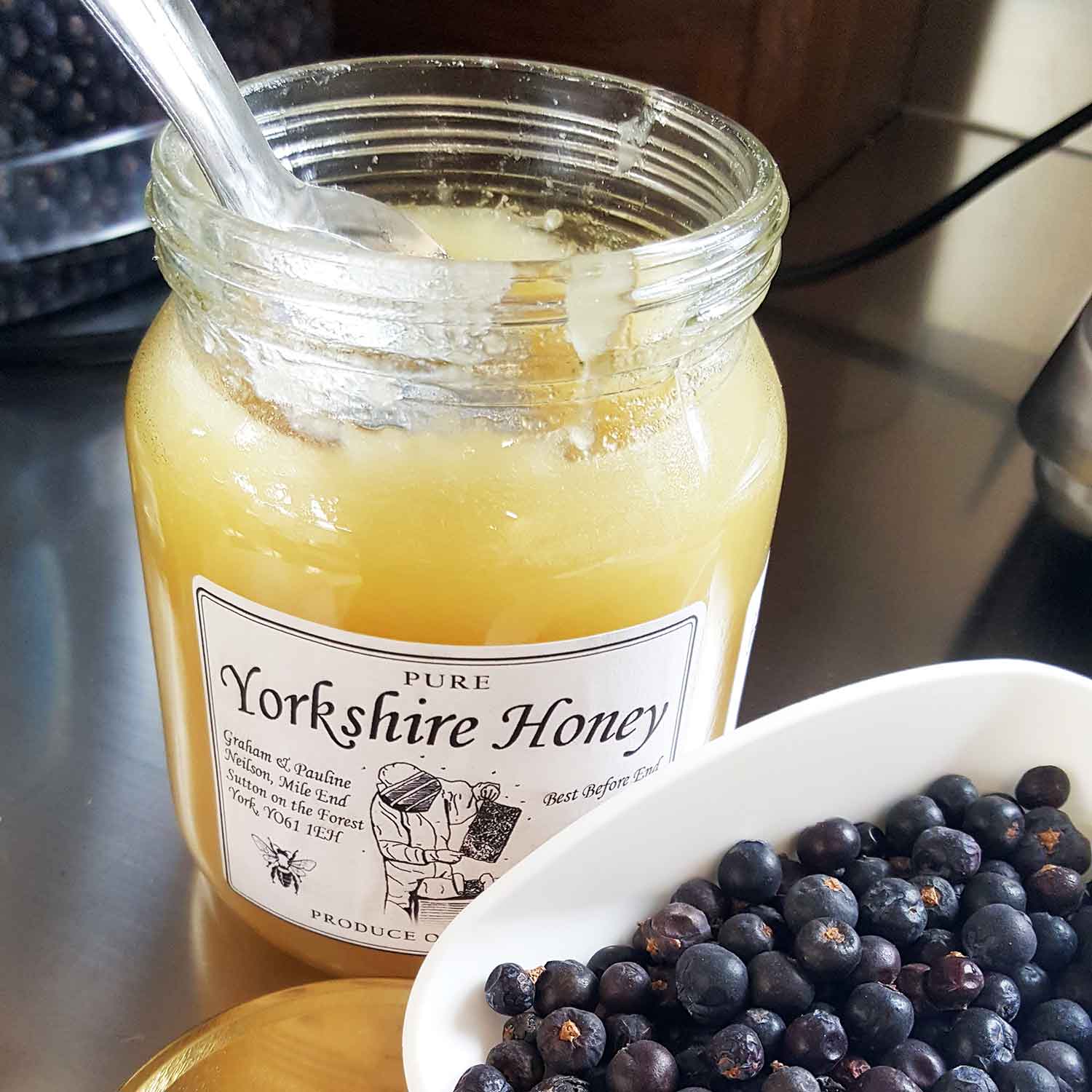Honey Bees
BEES ARE BRILLIANT
There’s no denying that bees are brilliant. They’re essential pollinators, keeping our kitchens stocked with food, our gardens full of flowers, and they produce delicious honey; some of which finds its way into our gin.
In the face of declining bee populations around the country (largely due to habitat loss, the use of pesticides and climate destruction), we’re proud to have our own hives here at Cooper King, and beekeeper Graham (aka Abbie’s dad) has the job of maintaining healthy, thriving colonies. Here's an overview of how our honey is produced, and some handy insights from Graham along the way.
Inside the Hive
While out foraging, bees collect nectar - a sweet liquid inside flowers - which they bring back to the hive and deposit in the honeycomb. They then set to work fanning the liquid with their wings in an effort to speed up the process of evaporation, removing excess water and creating sweet liquid honey. The honeycomb is then sealed with beeswax, and stored as a food reserve during winter when the weather is too poor to forage.
The Keeper
This is where your friendly neighbourhood apiarist comes in. The keeper will collect the honeycomb frames, remove the beeswax capping, and place them in a centrifuge. The honey is spun out from the comb, strained to remove any wax debris, then stored in jars...ready to go on your toast, your porridge, or be distilled in Cooper King Gin.
GRAHAM SAYS: "We plant hundreds of bee-friendly plants for plentiful foraging during spring and summer and we always leave enough honey for the bees to thrive on during the winter months. A strong colony can produce over 100 pounds in weight of honey (that's 45 Kg or 100 jars) every year if the weather is good."
So, what can you do?
Swarms
When a hive becomes overpopulated with bees, the colony naturally divides itself into two; one half leaves with the queen to find a new home, and the remaining bees hatch a new queen to take over. If you come across a swarm (like in the below picture), DON’T PANIC! Check this handy guide to see if they’re honey bees. If they are, get in touch with your local Swarm Collector using the link at the bottom of that page, and they may be able to re-home your visitors.
A honey bee swarm around a tree trunk.
Buy Local
Honey from local, small-scale keepers is often harvested in a manner that's not detrimental to the bees. Switching to local honey means you’re directly supporting pollinators in your area, bolstering the bee population, and helping safeguard British agriculture and biodiversity for years to come.
GRAHAM SAYS: "The small income from honey sales helps to cover the costs of keeping my hives, such as buying special equipment, disease prevention and the planting of bee-friendly flowers. I take great pleasure in caring for my hives, and I hope to continue for many more years."
Get Planting
Whilst honeybees are responsible for up to 15% of the UK’s insect-pollinated crops, it’s the wild pollinators (like other species of bee, moths, butterflies, hoverflies and beetles) that are responsible for the other 85%. That’s why we plant loads of insect-friendly plants around our site, and encourage you to do the same. To find out what you can do to help, why not check out some of these great articles from The Wildlife Trust:
- Grow A Bee & Butterfly Garden
Charities
We’re proud to be partnered with the Yorkshire Dales Millennium Trust, and plant one square metre of native English woodland for every bottle of gin sold. The YDMT are involved in replanting wildflower meadows, which provide habitats for hundreds of species of native flowers, and with them, plenty of pollinators! If you're interested in keeping your own hives, head to the British Beekeepers Association website, and contact your local association who can offer beginner training and support and connect you with other keepers in your area.
Discover what else makes Cooper King Distillery unique here.



